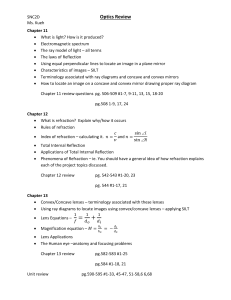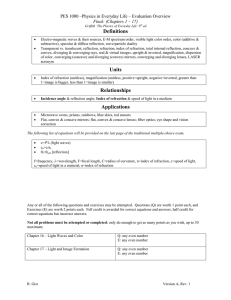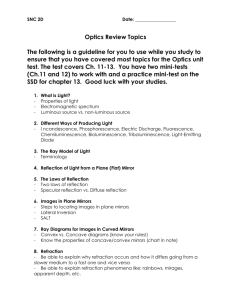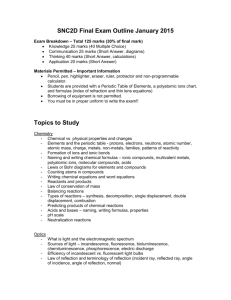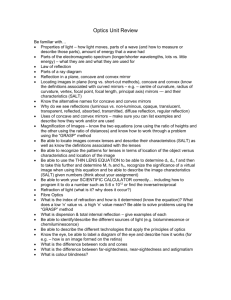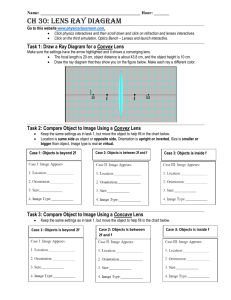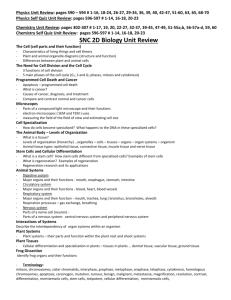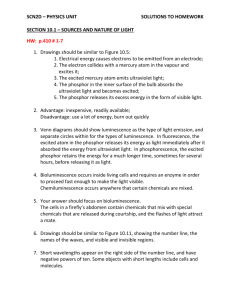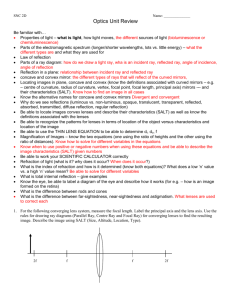Exam Review
advertisement
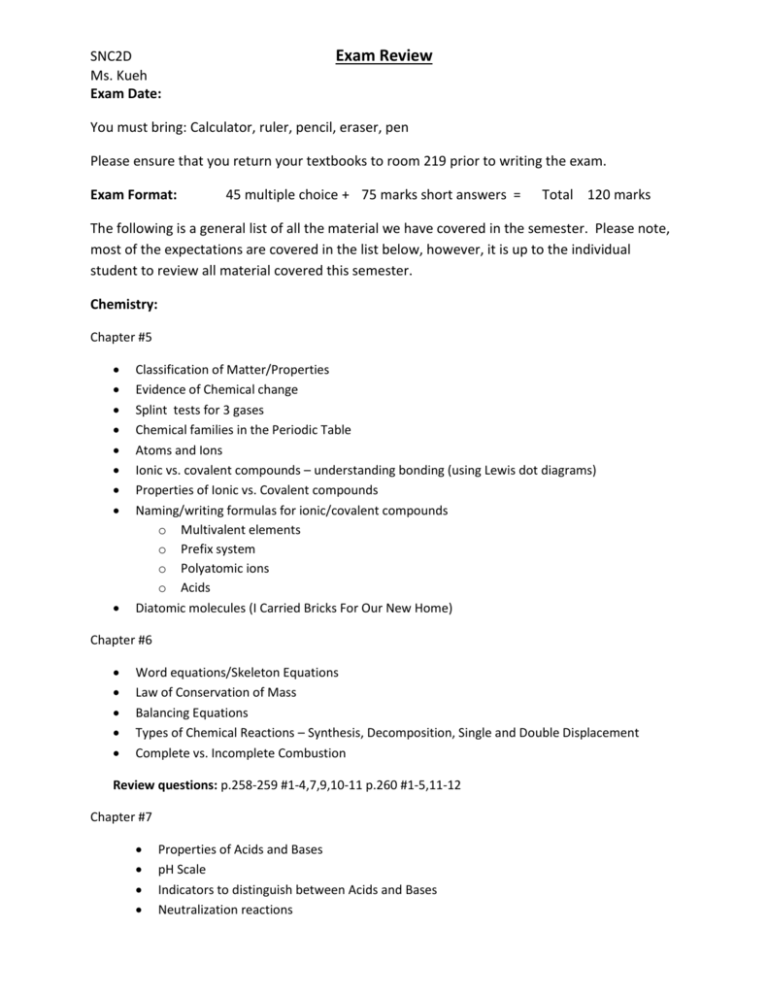
SNC2D Ms. Kueh Exam Date: Exam Review You must bring: Calculator, ruler, pencil, eraser, pen Please ensure that you return your textbooks to room 219 prior to writing the exam. Exam Format: 45 multiple choice + 75 marks short answers = Total 120 marks The following is a general list of all the material we have covered in the semester. Please note, most of the expectations are covered in the list below, however, it is up to the individual student to review all material covered this semester. Chemistry: Chapter #5 Classification of Matter/Properties Evidence of Chemical change Splint tests for 3 gases Chemical families in the Periodic Table Atoms and Ions Ionic vs. covalent compounds – understanding bonding (using Lewis dot diagrams) Properties of Ionic vs. Covalent compounds Naming/writing formulas for ionic/covalent compounds o Multivalent elements o Prefix system o Polyatomic ions o Acids Diatomic molecules (I Carried Bricks For Our New Home) Chapter #6 Word equations/Skeleton Equations Law of Conservation of Mass Balancing Equations Types of Chemical Reactions – Synthesis, Decomposition, Single and Double Displacement Complete vs. Incomplete Combustion Review questions: p.258-259 #1-4,7,9,10-11 p.260 #1-5,11-12 Chapter #7 Properties of Acids and Bases pH Scale Indicators to distinguish between Acids and Bases Neutralization reactions Biology: Diagrams that you need to be able to label: Animal and Plant cell, Digestive, Circulatory (inc. heart), respiratory. Chapter #2 Animal and Cell organelles Cell cycle and Mitosis Cancer Types of Tissues including how cells become specialized Chapter #3 Respiratory system parts and function Movement of breathing and concept of lung capacity Digestive system parts and function including accessory organs Three stages of digestion Circulatory system parts and function Types of Blood cells Differences between blood vessels Pathway of blood through the heart and through the circulatory system Musculoskeletal System Types of connective tissue in the musculoskeletal system Types of Muscle and how muscle works Nervous System CNS vs. PNS Functions and structure of Neurons and myelin sheath Sensory receptors Chapter #4 Root, shoot and stem systems Difference between Xylem and Phloem Plant tissues Guard cells and Stomata Optics: Chapter #11 What is light? How is it produced? Electromagnetic spectrum The ray model of light – all terms The laws of Reflection Using equal perpendicular lines to locate an image in a plane mirror Characteristics of images – SILT Terminology associated with ray diagrams and concave and convex mirrors How to locate an image on a concave and convex mirror drawing proper ray diagram Chapter #12 What is refraction? Explain why/how it occurs Rules of refraction 𝑐 sin 𝑖 Index of refraction – calculating it. 𝑛 = and 𝑛 = 𝑣 sin 𝑅 Total Internal Reflection Applications of Total Internal Reflection Phenomena of Refraction – ie. You should have a general idea of how refraction explains each of the project topics discussed. Chapter #13 Convex/Concave lenses – terminology associated with these lenses Using ray diagrams to locate images using convex/concave lenses – applying SILT 1 1 1 Lens Equations = + 𝑓 𝑑𝑜 𝑑𝑖 ℎ𝑖 𝑑 Magnification equation 𝑀 = Lens Applications The Human eye –anatomy and focusing problems ℎ𝑜 = − 𝑑𝑖 𝑜 Climate Change: Chapter #8 Weather vs. Climate The balance of Energy on Earth Greenhouse Effect Greenhouse Gases Effect of air and ocean currents on climate Long and short term changes in Climate Feedback loops Evidence of past climate Chapter #9 Effects of Climate change Chapter #10 Factors influencing climate projections Global impacts of Climate change Local impacts of Climate change Taking Action on Climate change – solutions Politics of Climate change
